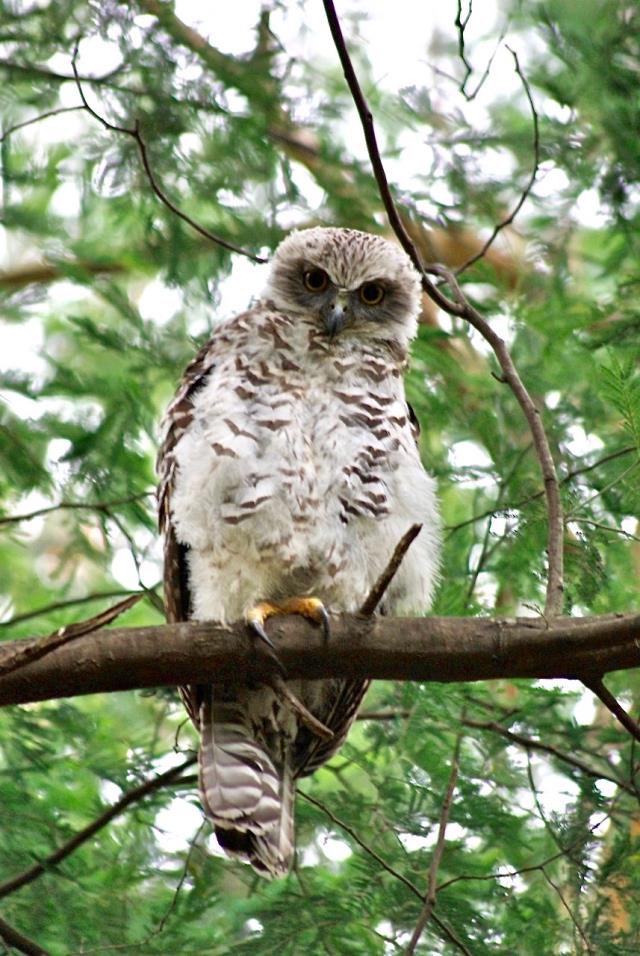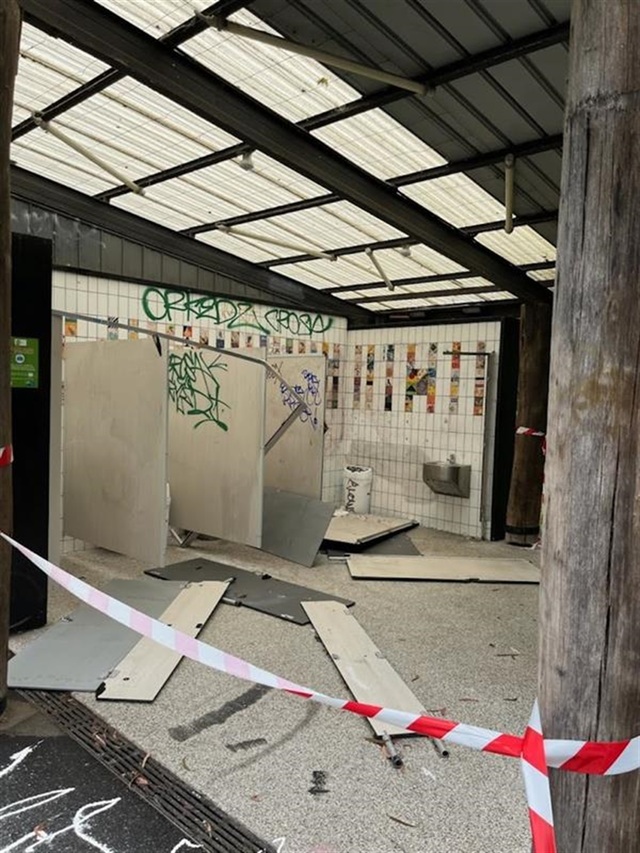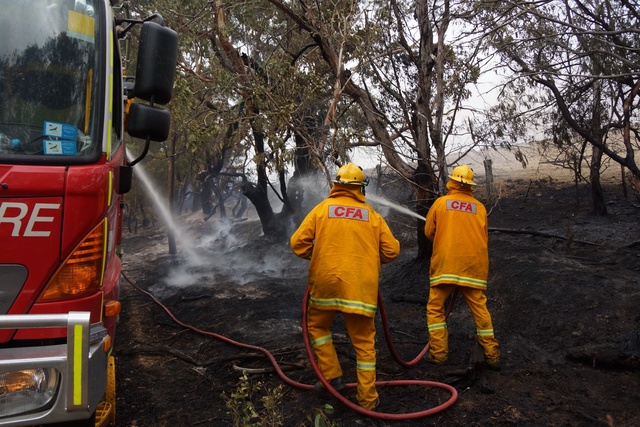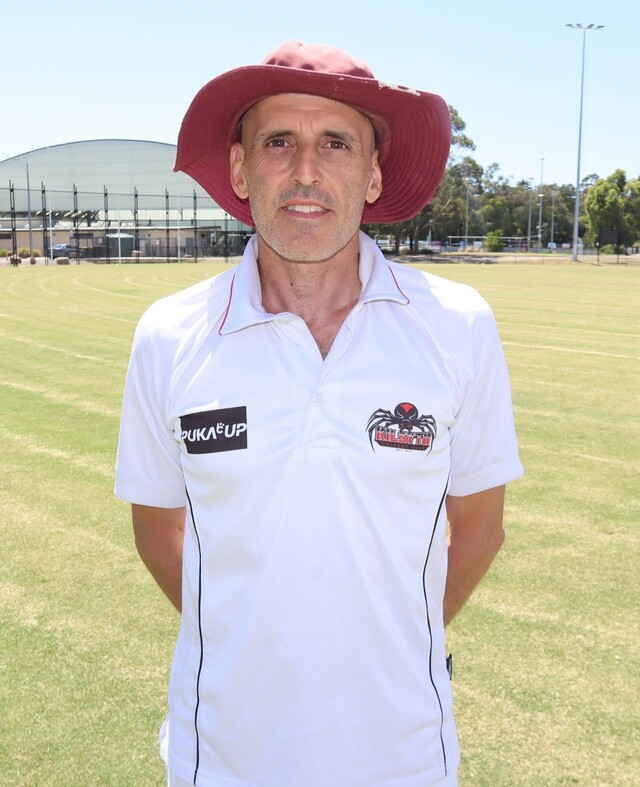Powerful owls form an important part of the ecosystem on the east coast of Australia and particularly in the Mount Evelyn area but without consecutive breeding they become more endangered.
Mount Evelyn Environment Protection and Progress Association (MEEPPA) president Clare Worsnop said the local powerful owl population is in a dire situation, having seen very minimal breeding this last season.
“This year has been a particularly bad year for the owls. Out of five pairs of owls who are in and near to Mount Evelyn, we have two baby owls. One from the Quinn Reserve pair and one from the Beryl Phillips Reserve pair,” she said.
“We should have 10 baby owls. In an optimal year we would have 10 baby owls. Because each bird will lay two eggs and can raise two young. The two pairs in Mount Evelyn Recreation Reserve have no babies.”
Ms Worsnop said this is the first time she’s ever known the Recreation Reserve pair to not raise young which shows a serious decline in the powerful owl population.
“It’s only a 20 per cent success rate for our owls and that’s not sustainable. At that rate, we will lose our owls. So this is why we’re so deeply concerned,” she said.
As the largest nocturnal bird of prey, Ms Worsnop said the survival of the owl population is dependent on the availability of large tree hollows and enough food to sustain them.
“There’s probably only 500 breeding pairs left in the world, which means they’re very vulnerable to fires, floods and the storms we’ve been having with all the trees coming down, especially the big old trees, which have been hollow bearing trees.”
As infrastructure for housing, roads and shopping strips encroach on essential habitat for not only the powerful owls but their food sources like gliders, possums and small birds, alongside a changing climate, MEEPPA has grave concerns for the future of this ecosystem.
Ms Worsnop said even things like street lights, noises from nearby football ovals and traffic can disturb the natural feeding times for nocturnal animals.
“The birds come out of their homes just on dusk and the first two hours after dusk are the most important time for the birds.
“When you yourself wake up, you’re hungry, you go have breakfast. Well, they wake up, they’re hungry, they might have young to feed, they’ve got to go and hunt for food.
“If you take out the first couple of hours after dusk, from noise or whatever the reason for it, you’re limiting the bird’s ability to hunt and feed.”
The powerful owl breeding season runs from May to the end of September or start of October and once the owlets fledge, they stay with their parents until February.
A resident of Mount Evelyn for 38 years, Ms Worsnop said every year for 30 years each pair of owls fledged two owlets in the Mount Evelyn area but the last eight have been very up and down.
Over the pandemic lockdowns, however, with people travelling less, sport facilities inactive and noise reduced, the owls returned to their regular breeding patterns.
“The first year since everything’s gone back to normal we’ve got no baby owls in the reserve, and unless we can change that trend and there are things we could do to do it, which won’t inconvenience anybody particularly it just means giving a bit so that the wildlife has a chance.
“It’s very important that we do look at ways of mitigating the issues that are causing the owls not to breed. But unless we do that, we will lose them.”
Being the apex nocturnal species in the area, powerful owls sit at the top of the food chain and Ms Worsnop said if they were to become extinct, glider and possum populations would grow significantly, overrunning the environment, destroying trees and eventually killing themselves off.
Limiting light and sound exposure during key feeding times, working to replace hollows with artificial ones until trees regrow and planting habitat for both large and small critters will help turn the future powerful owl projection around.
“Without a healthy environment, we’re not going to have a healthy community. To have a healthy community, we have to have a healthy environment.
“We’re trying to do the best we can to make sure that we actually do something positive. We need our whole community and our whole government and everybody to start thinking about it.”
To find out more about MEEPPA or how to get involved, go to www.meeppa.org.au








